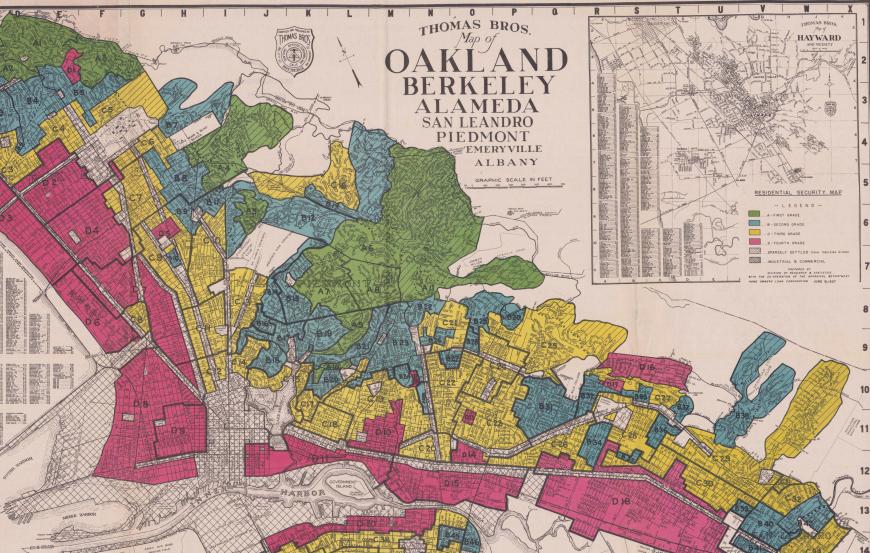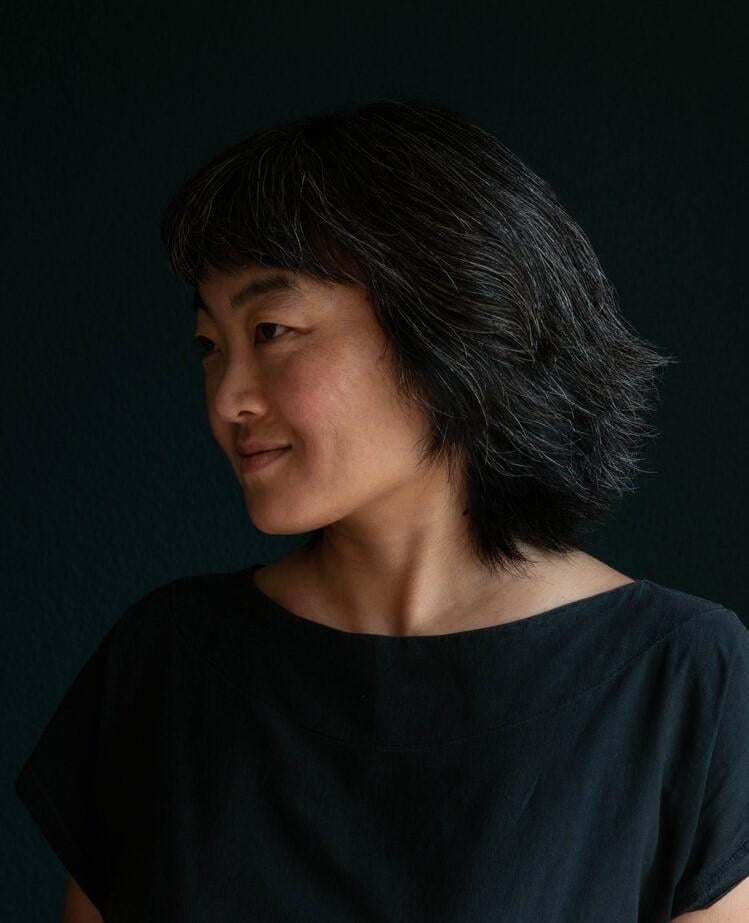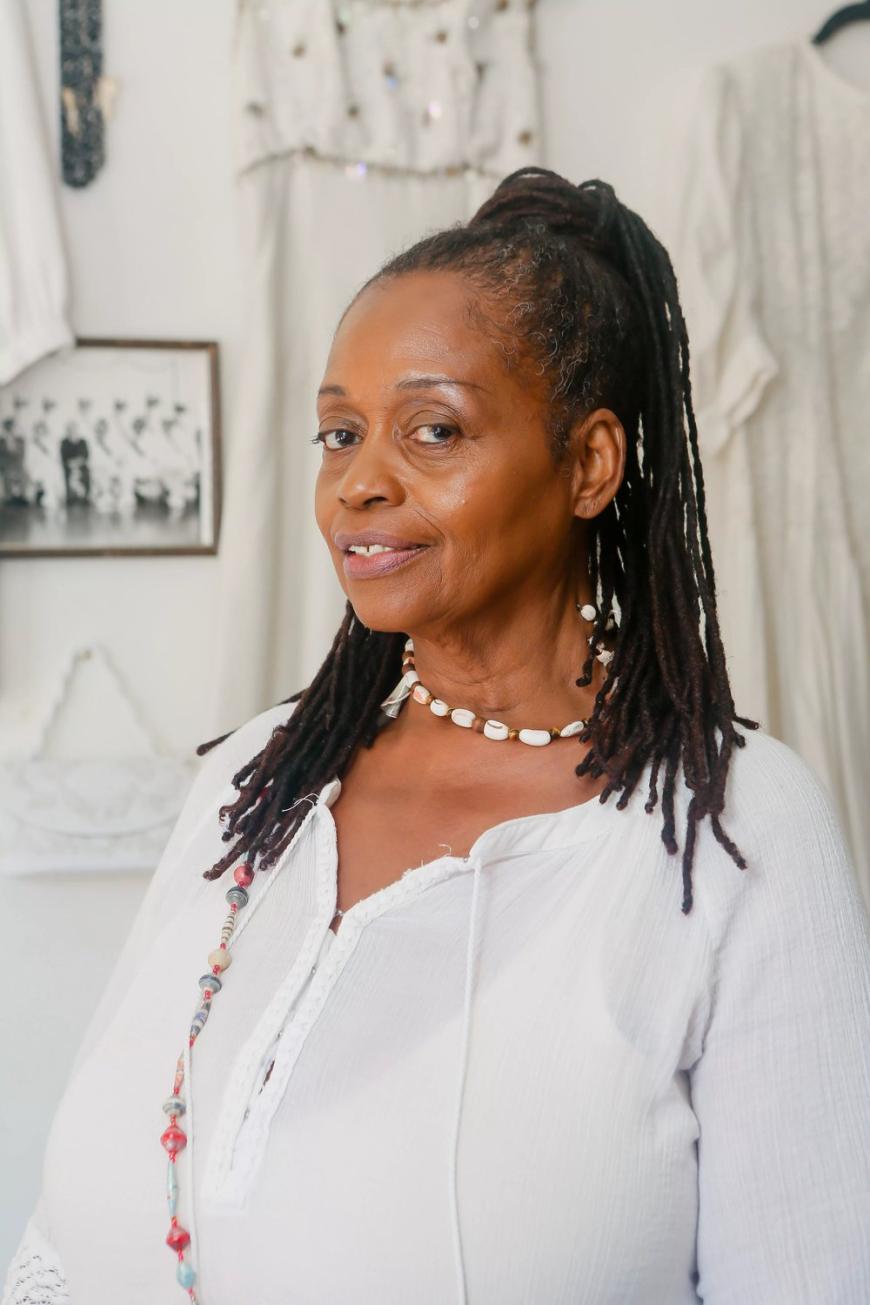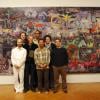
It’s rare to find a major musical project that can be described as an entirely free, multiyear, cross-generational sound walk/bike tour/launch party, that features sweets and treats, videos, creeks, synthesizers, soft circuits, junkyard- and electronic- and human-sourced instruments, Hawaiian culture, East Bay neighborhood histories, the inaugural poet laureate of Oakland, textiles, archival and brand-new field recordings, and is about redlining.
Redline Redefined does it all. The new project is masterminded by Thingamajigs, an arts organization whose genre-defying work supports the creation of art made with alternative, found, and familiar materials and big-vision programs that are hell-bent on collaborative processes and community involvement.
Featuring eight East Bay performing artists, Redline delves into the systemic racist practice that allowed the federal government in the 1930s to draw red lines on maps that carved up neighborhoods nationwide. Segregated into spaces that denied entire populations equal access to resources available to white people (such as reasonable interest rates on home mortgages and viable, reliable business loans), redlining maps when first introduced identified areas where Black people predominantly lived and worked and labeled them as “high-risk.” Property values in redlined neighborhoods plunged, leading to generational poverty for people of color that has effects that continue to segregate and gentrify many communities today.

Launching the first phase of its project on Sept. 30 with an online interactive map, Thingamajigs’ collaborative undertaking also includes sound walks on Oct. 8 at 11 a.m. and 2 p.m. and a launch party on Oct. 9 at Shapeshifters Cinema in Oakland. The featured artists are Sudhu Tewari, Theresa Wong, Katy Luo, Ayodele Nzinga, Suki O’Kane, Gabby Wen, Maxi Himpe, and Hallie Smith.
Composer, songwriter, and multimedia artist Erica (Eri) Lee, Thingamajigs’ administrative manager, provided insights to the project’s origins and purposes. She is a graduate of Mills College, where she earned her master of fine arts in electronic music and recording media.
How were the artists invited to participate selected, and who did the selecting?
[Executive Director] Edward Schocker actually came up with the idea during the pandemic when he got into researching the neighborhoods in Oakland and Berkeley and learned more about redlining. Once he came up with the outline of the project, we then commissioned three artists — Suki O’Kane, Theresa Wong, and Sudhu Tewari — who we felt were well rooted in some of these formerly redlined neighborhoods. Afterwards, I put out a call for more artists to join because Edward and I thought it would be good to expand and have artists from as many different neighborhoods that have been affected by redlining as possible.
Were the artists told what geographic area to focus on, or were other parameters dictated?
Normally, Thingamajigs commissions sound artists and instrument builders, but for this project we decided to be open to all types of artistic disciplines because Oakland is so diverse. … The main thing was to commission artists who had strong connections between themselves and their communities or had the desire to create those bonds. We gave the artists the parameter of focusing on one formerly redlined neighborhood and using that as inspiration. [We] gave them freedom to build off of that and create wonderful and thought-provoking pieces. There are a lot of different mediums in this project, which makes it super dynamic.
In your investigations of the subject matter, what did you personally discover?

I am the child of an immigrant from Hong Kong whose family’s first home was in Oakland, California. I go around Oakland, and I see the differences in neighborhoods, and I always knew there was racism in why people live in certain areas, but I didn’t know the history of it. We didn’t learn much about redlining in school, or I don’t recall learning about it. And it wasn’t even that long ago that all of these horrible racist and suppressive acts were happening. Being a part of this project feels great because we are talking about something that should be widely known. We are bringing awareness to a deep part of history and the makings of Oakland and Berkeley.
Without calling any one artist “best,” can you describe what is most compelling about a few of the Redline Redefined artists?
I think the wonderful thing is that each artist is so different in their approach. We have films, sound art, interviews, and poetry. We have poems by [Poet Laureate of Oakland] Ayodele Nzinga that delve into the Black history of West Oakland and how redlining has now led us to gentrification. These poems highlight how history is not just in the past but present and surrounding us [in] histories and stories.
Gabby Wen takes an experimental approach to the project. Each different location’s history is the inspiration for sound-art compositions. She is using what she records from the location as the building blocks for her pieces, where she alters some sounds and leaves some bare to create a beautiful mix of ethereal soundscapes.
Sudhu Tewari’s pieces take his neighbors’ voices and highlight their stories in an interview structure overlaying neighborhood sounds. We are brought directly into these locations [by] listening to their opinions on their neighborhood and how it’s changed over time. I really felt the pride of Sudhu’s neighbors being part of a community that is surviving and has lasted for years, even through and going through gentrification.
With Katy Luo’s film, we delve into her history of growing up on the edge of a formerly redlined neighborhood, how that has shaped her to be who she is now and to reflect on the changes that have happened when [going back]. It is a very nostalgic film.
This is a multiyear project. What is the next iteration?
Redlining is history. It is a part of the neighborhoods that we walk through and live in, but it is also part of now. It is present, and we are feeling the effects and seeing how neighborhoods have changed. It is great to have a project where we experience the past, we delve into it, and then are brought back into the present to see how things are now. I really hope that with these pieces, we don’t forget the past as we move forward.
We want to expand Redline Redefined to the whole Bay Area. This year, I am trying to find artists living in Alameda and Richmond, and [we’ll] premiere the works next year. After that, we hope to focus on San Francisco and eventually work our way to other cities like Sacramento, Stockton, and San José. If all things work out, it will be a huge project focused on an important topic that isn’t widely talked about, especially talked about through an artistic lens.



